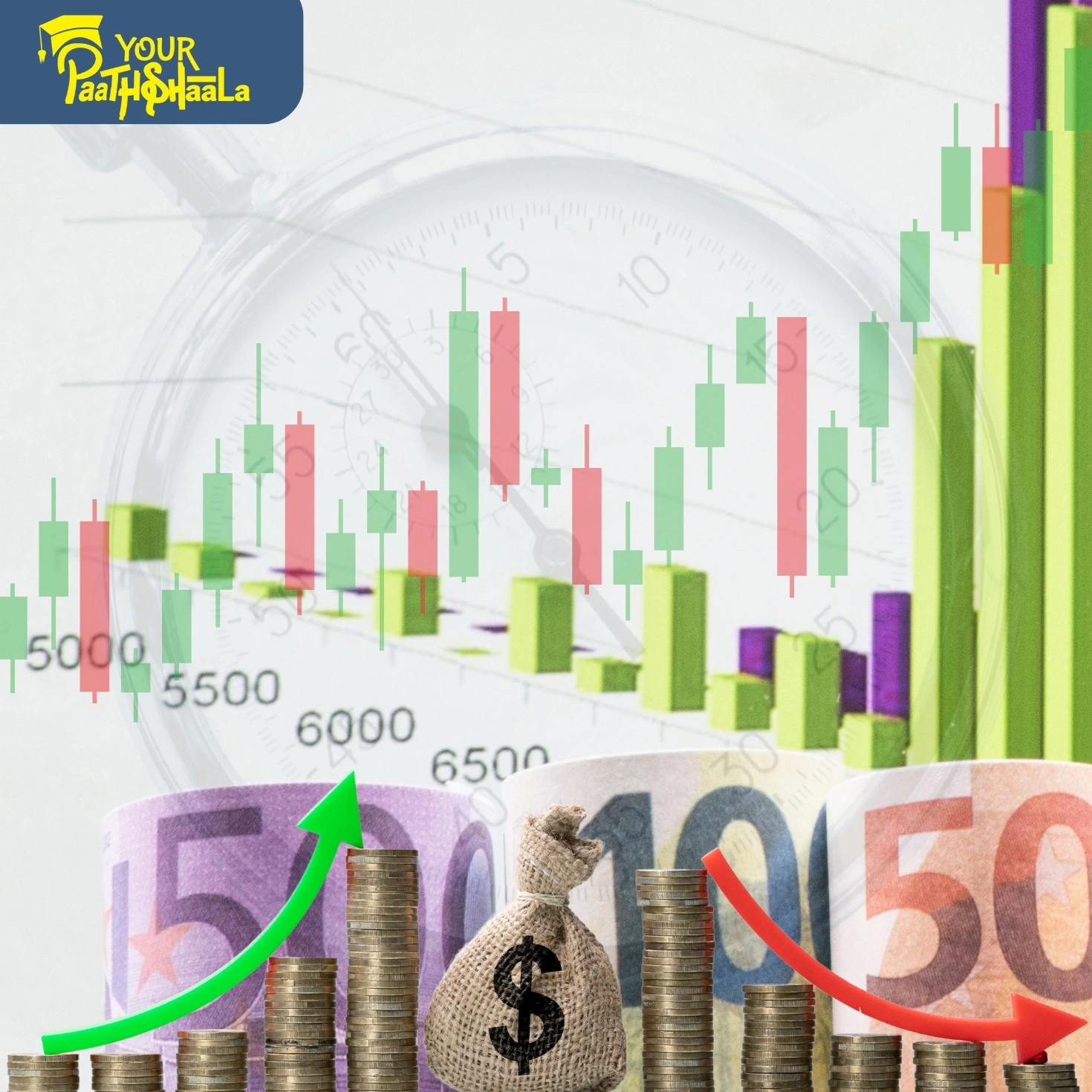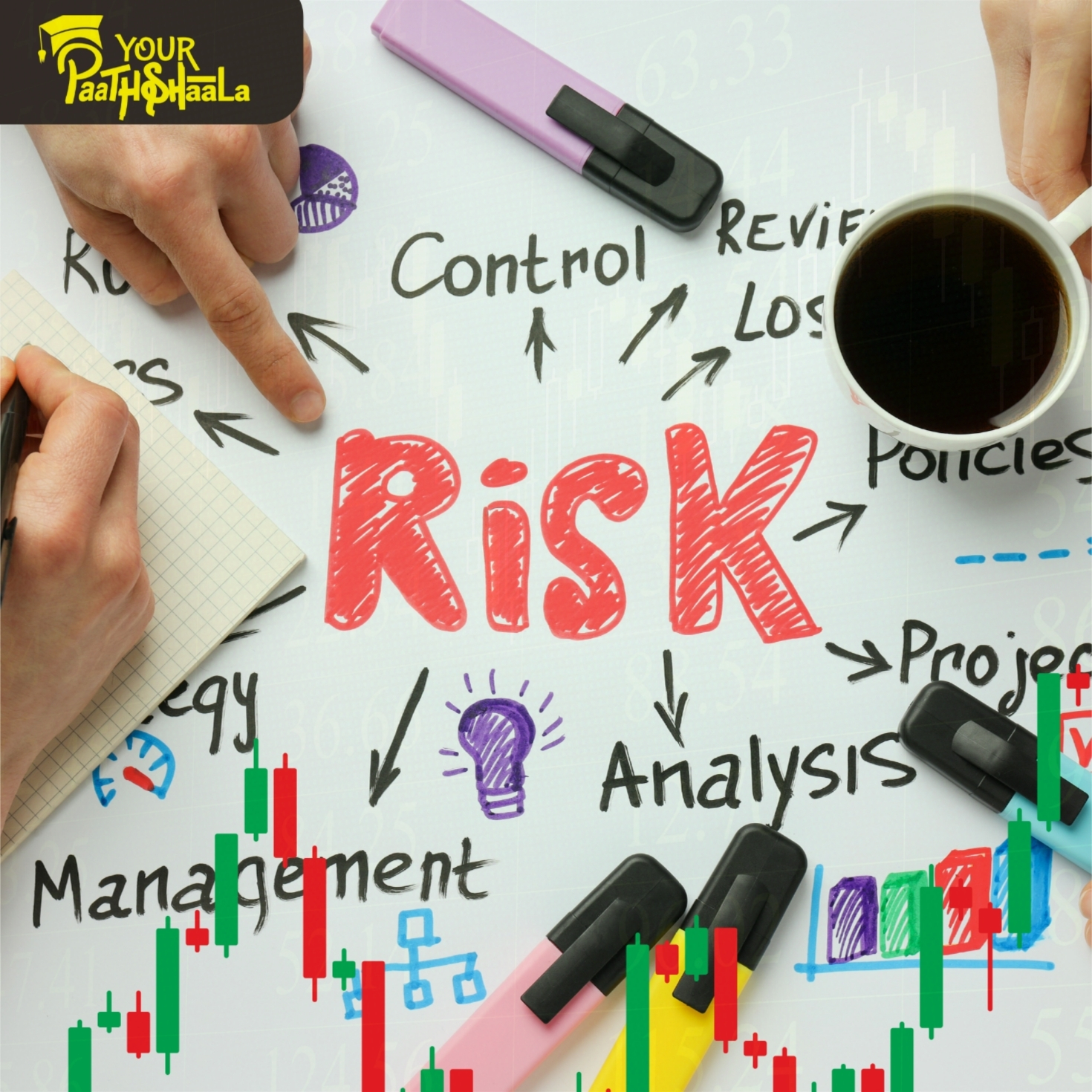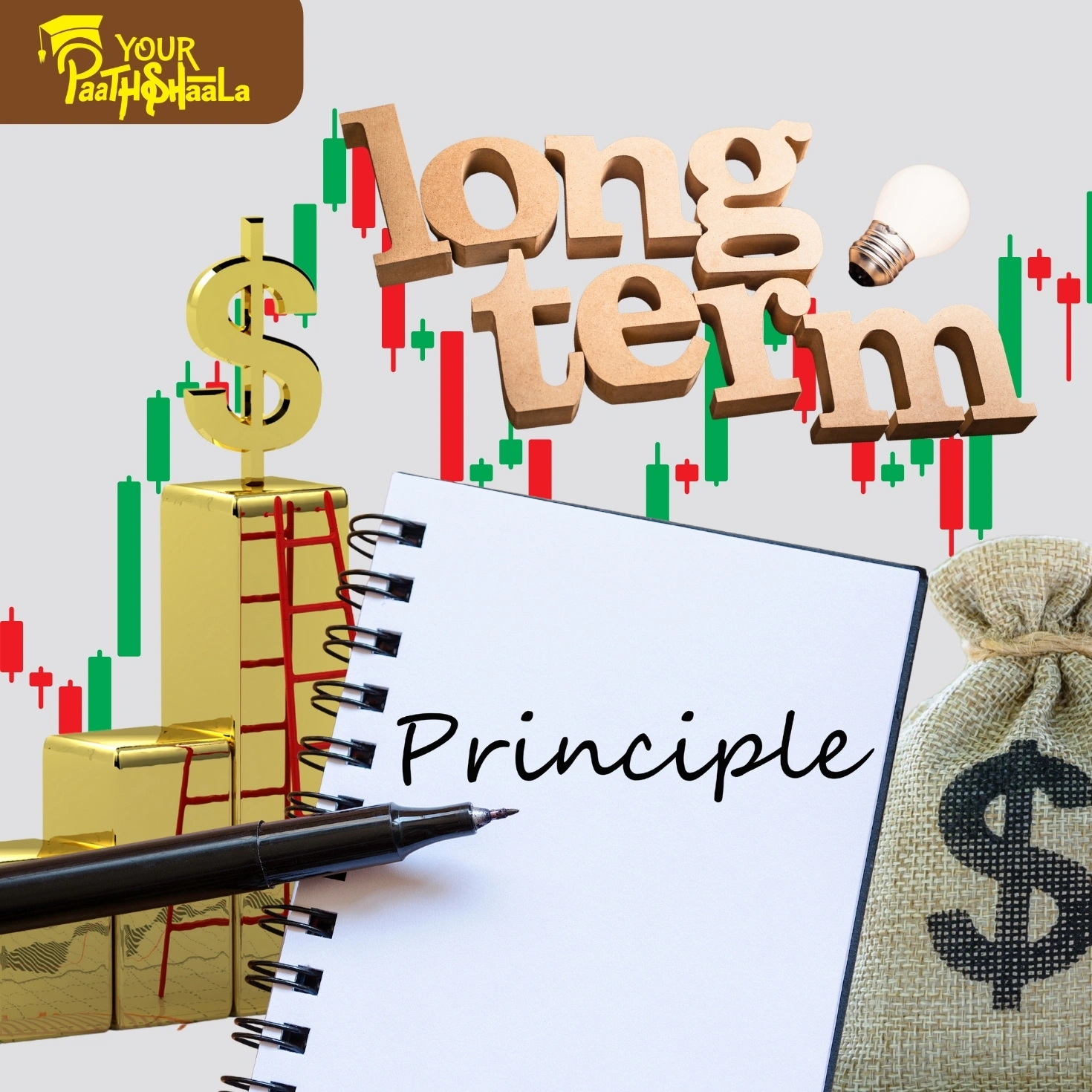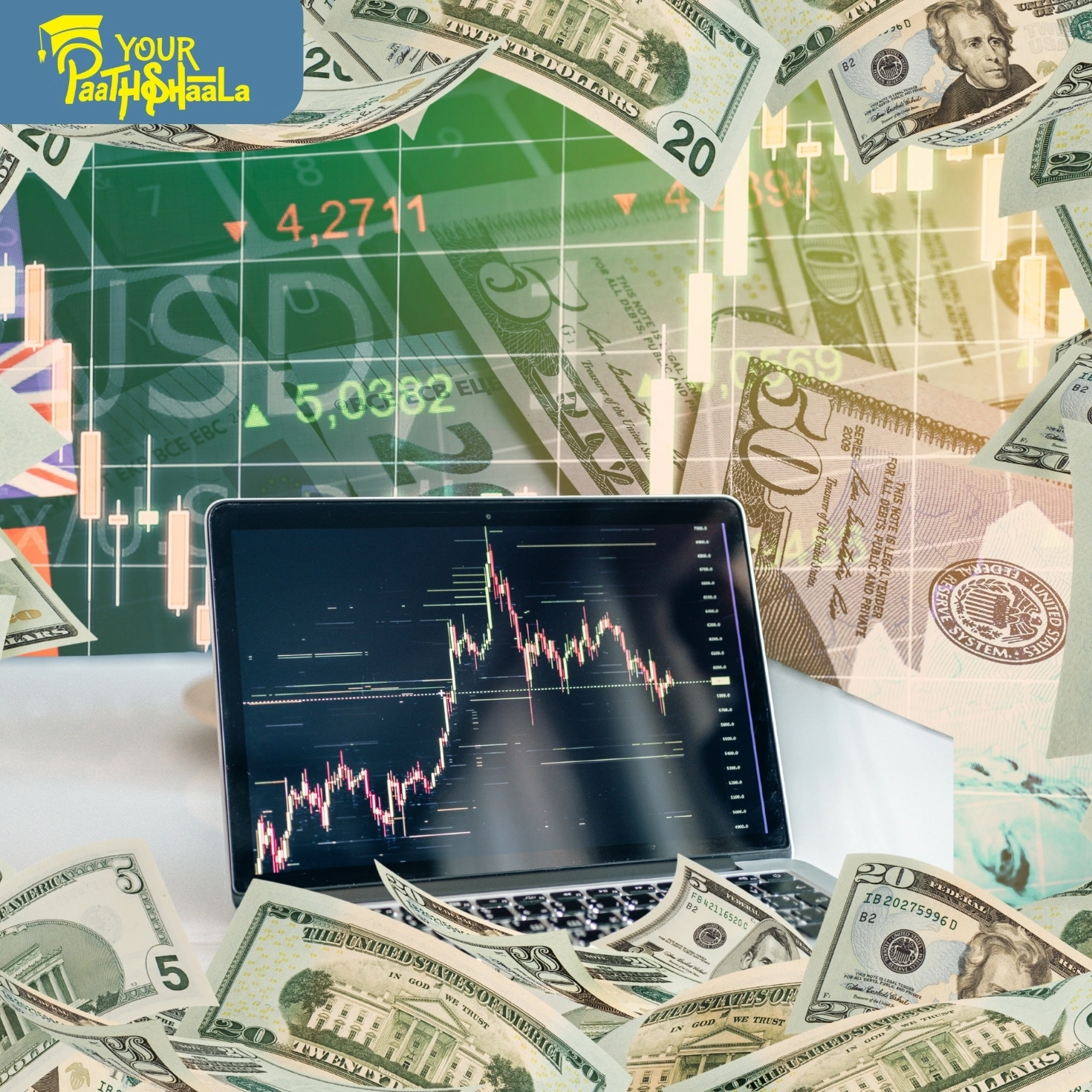Economic Cycles and Market Timing: Learn How Markets Move in 2025
Understanding economic cycles and their impact on markets is key to smarter investing. As of September 9, 2025, expansion phases drive optimism and rising stock prices, recessions offer buying opportunities, and interest rate changes shape asset performance through borrowing costs. This 2000-word guide simplifies these dynamics with actionable insights for beginners and seasoned investors, focusing on three core principles: markets always go up and down, prioritize time in the market over timing the market, and recognize cycles for smarter decisions. Ready to navigate market movements? Let’s dive into economic cycles and market timing.
What are Economic Cycles and Market Timing?
Economic cycles—phases of expansion, peak, recession, and recovery—drive market behavior, influencing asset prices across stocks, bonds, and commodities. Expansion fuels optimism, while recessions create opportunities for patient investors. Interest rate changes, like the Federal Reserve’s adjustments (3.5% CPI in 2024, per FRED), affect borrowing costs and asset valuations. With markets facing volatility (VIX at 18, per CBOE) and retail investors losing 15% of returns to poor timing in 2024, per Bloomberg, understanding cycles is critical for resilient portfolios in 2025.
Key Strategies for Navigating Economic Cycles
To excel in market timing, focus on three key strategies: capitalizing on expansion and recession phases, prioritizing time in the market, and recognizing cycles for smarter investing. Below, we explore each in detail.
1. Capitalizing on Expansion and Recession Phases
Expansion phases bring rising stock prices and optimism, ideal for growth investments, while recessions create undervalued opportunities for long-term investors. For example, during 2024’s recovery phase, tech ETFs like QQQ gained 20%, per Morningstar, while recessions historically offered 15% discounts on blue-chip stocks.
How to Capitalize on Expansion and Recession Phases
Invest in growth ETFs like VUG (Vanguard Growth) during expansions for upside potential.
Target undervalued assets like SPY (S&P 500) or dividend ETFs (VYM) during recessions.
Monitor economic indicators, like GDP growth or unemployment rates, via FRED for cycle signals.
Diversify across growth and value assets to balance opportunities across phases.
Capitalizing on cycles boosts returns but risks mistiming, so focus on long-term trends.
2. Prioritizing Time in the Market Over Timing the Market
Attempting to time market peaks and troughs often leads to missed opportunities, as markets are unpredictable in the short term. Data shows investors who stayed invested in the S&P 500 over 20 years earned 7% annualized returns, per JPMorgan, versus 3% for those trying to time entries.
How to Prioritize Time in the Market
Use dollar-cost averaging with ETFs like VTI (total market) to reduce timing risks.
Invest consistently through platforms like Vanguard or Fidelity for long-term growth.
Avoid reactive selling during downturns by focusing on diversified, stable assets like bonds (BND).
Diversify across asset classes to maintain exposure through market cycles.
Time in the market ensures growth but requires patience, so automate investments for discipline.
3. Recognizing Cycles for Smarter Investing
Recognizing economic cycles—using indicators like interest rates, consumer confidence, or yield curves—helps investors make informed decisions. For instance, rising interest rates in 2024 signaled tighter conditions, favoring defensive sectors like utilities (XLU).
How to Recognize Cycles
Track cycle indicators using tools like Bloomberg Terminal or FRED for real-time data.
Allocate to cycle-sensitive ETFs like XLF (financials) in expansions or XLU in contractions.
Study historical cycle patterns to anticipate shifts, like inverted yield curves signaling recessions.
Diversify across cycle-resilient assets to mitigate risks from unexpected shifts.
Cycle recognition improves decisions but faces unpredictability, so combine with diversified strategies.
Risks and Challenges in Economic Cycles and Market Timing
Navigating economic cycles offers opportunities but comes with challenges:
Mistiming Risks: Misjudging cycle phases can lead to losses or missed gains.
Market Volatility: Rapid swings (VIX at 18, per CBOE) complicate timing decisions.
Data Overload: Too many indicators can confuse strategy execution.
Economic Shocks: Unforeseen events, like geopolitical tensions, disrupt cycles.
To mitigate risks, diversify across assets, use reliable data sources, and focus on long-term trends. Professional guidance can optimize execution.
Tools and Resources for Economic Cycles and Market Timing
To excel in cycle-based investing, leverage these tools:
Economic Data Platforms: Use FRED or Bloomberg Terminal for cycle indicators like GDP or interest rates.
Investment Platforms: Access ETFs via Vanguard or Fidelity for cycle-aligned portfolios.
Analytics Tools: Leverage Morningstar or TradingView for market trend analysis.
Educational Resources: YourPaathshaala offers practical lessons and free demo classes.
These tools, paired with disciplined research, can enhance your cycle-based investing strategy.
Why Economic Cycles and Market Timing Matter in 2025
As of September 9, 2025, understanding economic cycles is critical amid volatile markets. Poor timing cost retail investors 15% of returns in 2024, per Bloomberg, while cycle-aware portfolios outperformed by 7%, per Morningstar. With economic pressures (3.5% CPI, per FRED) and market volatility (VIX at 18, per CBOE), recognizing cycles and prioritizing time in the market are essential for building resilient, high-performing portfolios in 2025’s complex environment.
Getting Started with Economic Cycles and Market Timing
Ready to navigate market movements for smarter investing? Follow these steps:
- Learn Cycle Basics: Study expansion, recession, and interest rate dynamics.
- Choose a Platform: Select a broker with cycle indicators and diversified ETFs.
- Start Small: Test cycle-based strategies with a small, diversified portfolio.
- Diversify: Spread investments across growth, value, and stable assets like bonds.
- Seek Education: Join YourPaathshaala’s free demo classes for practical lessons, located near Anjali Children Hospital, Tagore Nagar, Mathpurena, Raipur, Chhattisgarh, PIN code: 492001.
Conclusion
Mastering economic cycles and market timing—through capitalizing on expansion and recession phases, prioritizing time in the market, and recognizing cycles—empowers investors to make smarter decisions in 2025. By understanding how markets move and focusing on long-term strategies, you can build resilient portfolios despite volatility. Challenges like mistiming or economic shocks can be addressed with diversified approaches and reliable tools. Explore these concepts with YourPaathshaala’s clear, practical lessons and free demo classes to address your doubts.
Visit YourPaathshaala
Near 🏥 Anjali Children Hospital, Tagore Nagar, Mathpurena, Raipur.
📫 PIN code: 492001, Chhattisgarh
📞 Click the Call Now to contact us!







